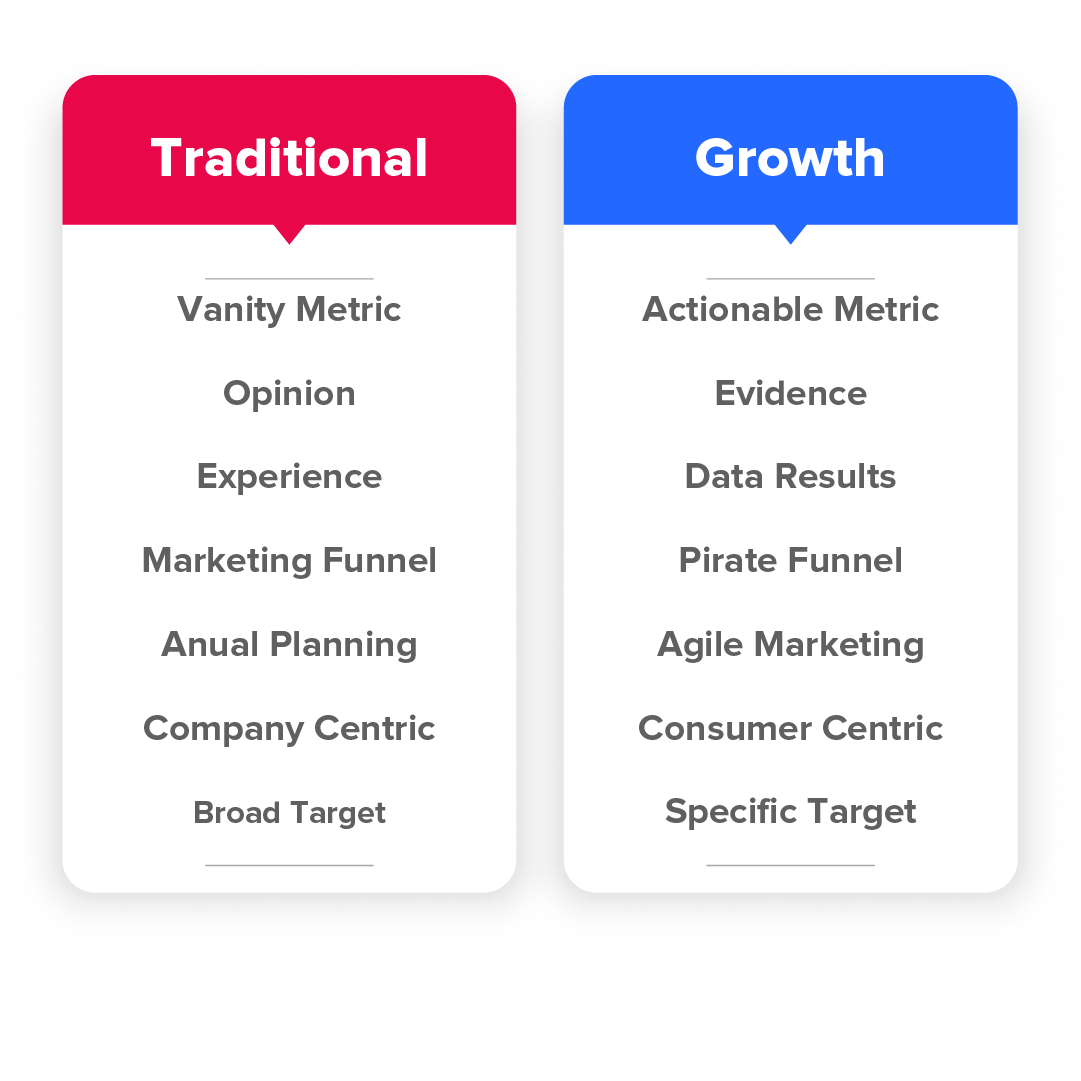Achieved
Growth hacking (also known as 'growth marketing') is the use of resource-light and cost-effective digital marketing tactics to help grow and retain an active user base, sell products and gain exposure. Think ‘hacking’ in terms of life hacks – those little shortcuts that make your life easier – rather than nasty bits of code that can ruin your computer and your life.
Growth hacking is most commonly associated with start-ups and small businesses, i.e., those organizations that don’t have a huge amount of cash to spare but need results quickly. However, it’s a scalable concept applicable to any online business looking to maintain the growth and retention of an active user base.
Here are some examples of well-known growth hacks that have been successful in generating massive results for top tech companies:

A growth hacker is a person whose true north is growth. Everything they do is scrutinized by its potential impact on scalable growth...
“An effective growth hacker also needs to be disciplined to follow a growth hacking process of prioritizing ideas (their own and others in the company), testing the ideas, and being analytical enough to know which tested growth drivers to keep and which ones to cut. The faster this process can be repeated, the more likely they’ll find scalable, repeatable ways to grow the business.”
The right structure will create the most effective growth for your business. Developing a framework that will support your objectives is a great start. There are five basic steps to developing a growth hacking strategy. As you go through each, document the entire process to share with other teams or new employees so everyone has a clear understanding of how to utilize growth hacking.

While traditional marketing is all about selling a company's products and services, growth hacking is a more holistic function. Growth hackers are not just focused on sales, they are focused on finding the most efficient way to grow a business.
Growth hacking is like marketing in that its ultimate aim is customer acquisition or to encourage more people to use a particular product or service. However, because of its origins within the start-up community, it relies heavily on tactics that don’t involve spending massive budgets to which larger businesses have access.
Typically, growth hacking combines marketing, optimization and developmental know-how to pull off automated marketing on a small budget. For example, automated notification emails, simple sign-up forms or sign-up driven homepages or streamlining onboarding for new customers.
Achieved
Loaded
Done
Here’s how a company can get started with growth hacking. First of all, create your product and test to make sure people want it, and are willing to pay for it. This will help you gather data so you understand your key buyer personas and can target growth marketing tactics accordingly.
Update your product at regular intervals, and keep getting customer feedback so you always know if you’re on the right track. At the same time, market your product to foster continued growth, and track the success of those results. A/B testing and other conversion optimization techniques are crucial for effective growth hacking.
